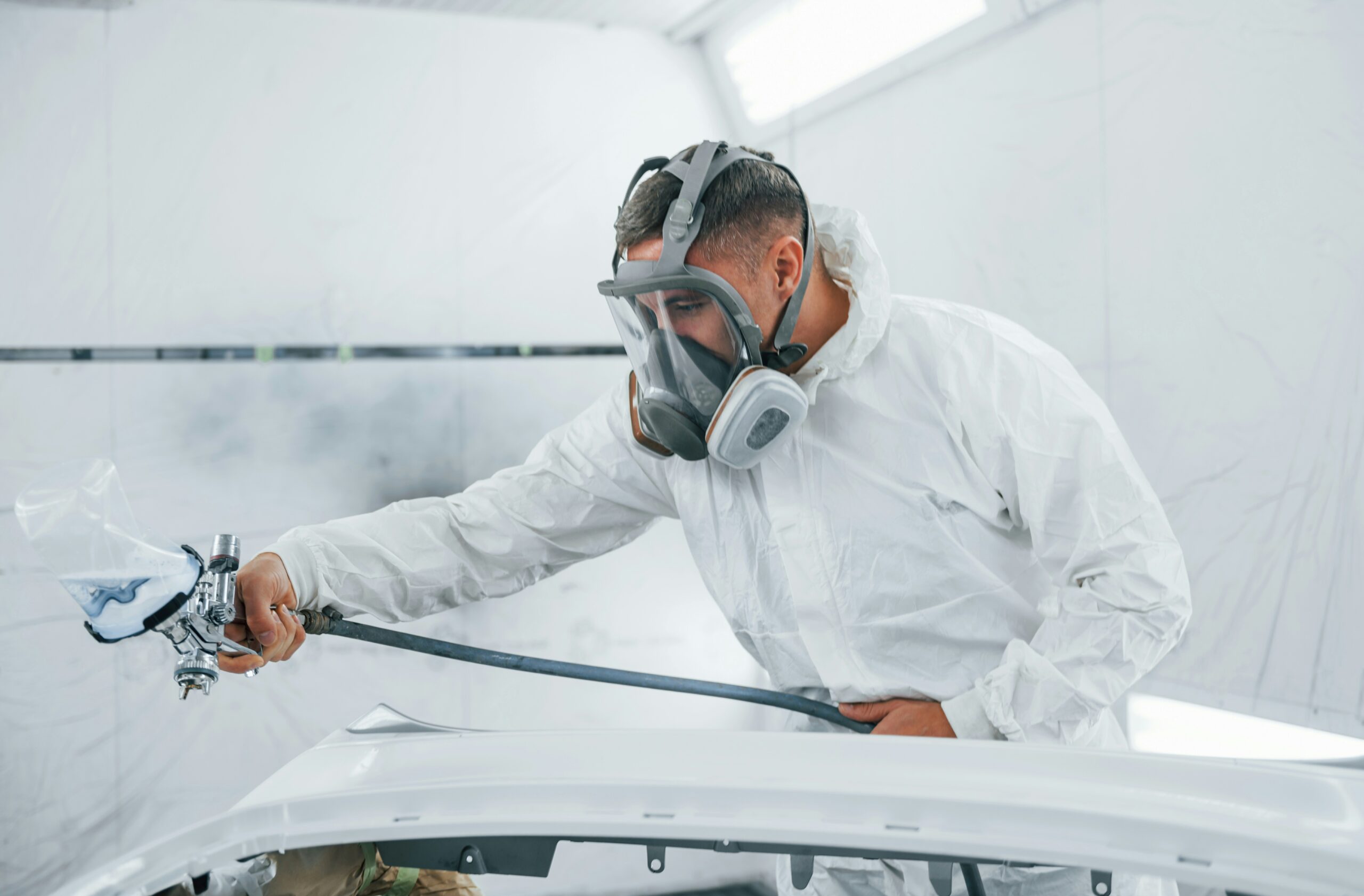
Mold proliferation is pervasive in residential and commercial settings, primarily attributed to excessive moisture accumulation and water intrusion. If left unaddressed, mold infestations can precipitate significant health concerns and structural degradation. The expertise of a mold remediation specialist is indispensable in diagnosing, containing, and systematically eradicating mold to maintain environmental safety and structural integrity. Their role is pivotal in mitigating fungal dissemination and safeguarding human health and architectural stability.
The Biological and Health Implications of Mold
Mold is a ubiquitous fungal organism that thrives in humid, thermophilic environments. It propagates via microscopic spores that become airborne, facilitating widespread colonization in moisture-laden areas. Common loci of mold proliferation include subterranean spaces, bathrooms, kitchens, and sites affected by chronic leaks or flooding.
Exposure to mold spores can induce a spectrum of adverse health effects, particularly in individuals with preexisting respiratory conditions, immunodeficiencies, or allergic predispositions. Symptomatology may manifest as rhinoconjunctivitis, bronchial irritation, dermatological reactions, and, in extreme cases, opportunistic respiratory infections. Notably, toxigenic species such as Stachybotrys chartarum (commonly referred to as black mold) have been implicated in more severe pathophysiological responses. Given these health implications, professional mold remediation is imperative to restoring indoor air quality and mitigating potential biohazards.
The Multifaceted Responsibilities of a Mold Remediation Expert
Mold remediation specialists engage in a systematic approach to mold assessment and abatement. Their primary functions encompass the identification of fungal infestations, the determination of moisture ingress sources, and the implementation of evidence-based mitigation strategies. The remediation process is executed through several critical phases to ensure thorough mold eradication and the prevention of subsequent recolonization.
Advanced Mold Inspection and Diagnostic Techniques
A fundamental aspect of mold remediation involves a meticulous site assessment. This entails deploying specialized diagnostic tools such as hygrometers, thermal imaging cameras, and air sampling devices to detect overt and concealed fungal proliferation. Professionals assess the extent of contamination and delineate moisture pathways that sustain mold growth, thereby formulating targeted intervention protocols.
Containment Strategies to Prevent Cross-Contamination
Effective mold remediation necessitates stringent containment measures to inhibit spore dissemination beyond the affected zones. Remediation specialists employ advanced containment methodologies, including polyethylene sheeting enclosures, high-efficiency particulate air (HEPA) filtration systems, and negative air pressure differentials, to create an isolated remediation environment. These measures curtail airborne spore migration, thereby mitigating secondary contamination risks.
Precision-Based Mold Removal and Remediation Protocols
Upon establishing containment, the subsequent phase involves systematically removing mold-laden materials. The remediation approach is contingent upon the substratum’s porosity and the severity of the infestation. Non-porous surfaces are decontaminated using fungicidal agents and antimicrobial treatments, whereas extensively compromised porous materials, such as gypsum board and cellulose-based insulation, necessitate complete extraction and replacement. HEPA vacuuming and air scrubbing technologies extricate residual spores, ensuring an aseptic indoor environment post-remediation.
Moisture Mitigation and Environmental Stabilization
Since persistent humidity serves as a primary catalyst for mold recurrence. Addressing underlying moisture anomalies is an integral aspect of the remediation process. Specialists utilize industrial-grade desiccant dehumidifiers, axial air movers, and vapor barriers to optimize atmospheric conditions and mitigate future fungal resurgence. Long-term moisture regulation strategies, such as enhancing ventilation and implementing hydrophobic sealants, further reinforce the efficacy of remediation efforts.
Structural Restoration and Post-Remediation Verification
After successful mold abatement, structural rehabilitation efforts are undertaken to restore affected areas to their pre-contamination state. This phase may involve drywall replacement, repainting with mold-resistant coatings, and installing flooring materials. To ensure the efficacy of the remediation, post-remediation verification (PRV) assessments. Including air and surface sampling, are conducted to confirm the absence of residual mold spores and the restoration of indoor environmental quality.
Proactive Strategies for Long-Term Mold Prevention
A crucial component of mold remediation is educating property owners on preventative methodologies to forestall recurrent fungal colonization. Effective preventative measures include maintaining optimal humidity levels, implementing robust ventilation systems, expeditiously rectifying plumbing leaks, and ensuring adequate exterior drainage to prevent water intrusion. These proactive strategies can significantly minimize the likelihood of mold resurgence.
The Necessity of Professional Expertise in Mold Remediation
While superficial mold contamination may be addressed through rudimentary do-it-yourself (DIY) approaches, extensive infestations necessitate professional intervention. Certified mold remediation experts possess the requisite technical acumen. Regulatory compliance knowledge, and specialized equipment to execute comprehensive and safe mold abatement procedures. Their adherence to industry-standard remediation protocols. Such as those delineated by the Environmental Protection Agency (EPA) and the Institute of Inspection, Cleaning and Restoration Certification (IICRC), ensures methodological precision and efficacy.
Engaging a licensed mold remediation specialist assures that the infestation is comprehensively addressed, encompassing both immediate remediation and long-term preventive strategies. Professional intervention ultimately preserves property integrity and mitigates potential health hazards associated with mold exposure.
Mold remediation represents a critical aspect of environmental health management, essential for safeguarding human well-being and structural longevity. The role of mold remediation specialists extends beyond mere eradication, encompassing advanced diagnostic assessments, containment protocols, decontamination procedures, and preventive education. By leveraging their expertise, property owners can ensure the sustainable maintenance of mold-free indoor environments. Mitigating the risks associated with fungal proliferation and moisture intrusion.